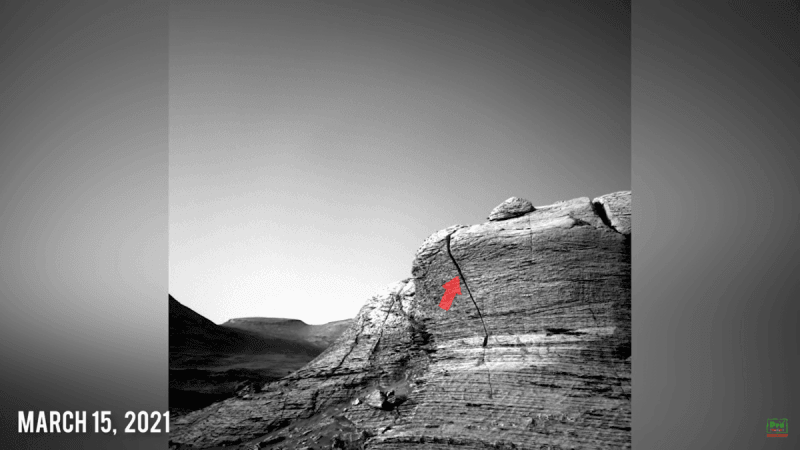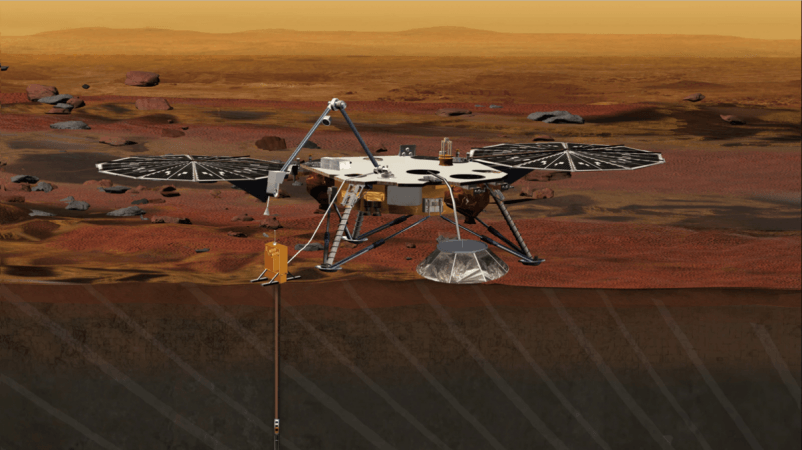Just as earthquakes occur on Earth, marsquakes occur on Mars. Quakes vary in appearance and feel according to the material through which their seismic waves flow.
Whether these marsquakes will have an effect on human colonisation in the future remains a challenging question. Scientists are examining these marsquakes to determine whether human existence on Mars is feasible.

Surviving on Mars
Travelling to Mars is only the first stage of the journey; the trip will take 260 days when Earth and Mars are closest to one other.
Human existence on Mars would need the establishment of artificial Mars habitats equipped with advanced life-support systems. A critical component of this would be water treatment systems. Human beings are primarily composed of water, and without it, they would perish within days. Mars' atmosphere is significantly thinner than that of Earth.
The majority of marsquakes are minor, far smaller than anything felt on Earth. However, a few have been strong enough — up to roughly magnitude 4 — that scientists have been able to pinpoint their source.
Mars, in contrast to Earth, lacks tectonic plates that collide when they come into contact. However, it is still cooling after emerging from a primordial cloud of cosmic dust in a blazing state. Even today, heat emanates from its centre and is capable of cracking the surface.
Avoiding magnetic field generators near the colony is one strategy to survive these quakes. Marsquakes will cause damage to structures in the vicinity of the generator, thus separating it will assist, but it will also require maintenance on the building.
Occasional marsquakes cause the ground to quiver and demolish structures near their epicentres. Marsquakes are a direct result of the colony's efforts to strengthen its magnetic field, and they occur near Magnetic Field Generators. Endure the marsquake and then dispatch drones to repair damaged structures.

What are the scientists working on?
Disasters reduce the Sanity of all Colonists, especially those whose Dome lacks a Security Station. Green Planet's terraforming programme has the potential to gradually diminish and eventually eradicate Martian disasters, but it also has the potential to produce new ones.
Scientists used information from the Apollo-era seismometers on the Moon, two of the first SEIS-detected quakes on Mars, and Earth-based quakes. Scientists can see how diverse earthquakes can be by putting data from these worlds through a shake chamber. The marsquake signals required to be ten million times louder than the moonquakes and earthquakes to be heard.
Researchers at Chabot Space and Science Centre created this Marsquake Challenge in an attempt to withstand the marsquake. The objective is to construct a model habitat capable of surviving a simulated Marsquake. The participants were required to construct a Marsquake table to represent the planet's trembling surface. Then construct a habitat and test it to see if it can withstand Mars' quakes.

NASA InSight lander
NASA's InSight spacecraft made contact with Mars in 2018. It was constructed to conduct a study on Mars' core interior. InSight has detected 322 marsquakes since landing on Mars just over a year ago. This lander is equipped with an extremely sensitive seismometer that can detect marsquakes hundreds of kilometres away.
Recently, NASA's InSight lander has discovered one of the strongest marsquakes ever recorded. The earthquake's magnitude is estimated to be 4.2, and it trembled for more than an hour and a half. Before this, two magnitude 4.2 and 4.1 powerful quakes were observed in August.
Its ultimate objective is to conduct the planet's first thorough analysis in 4.5 billion years since it originated.

















